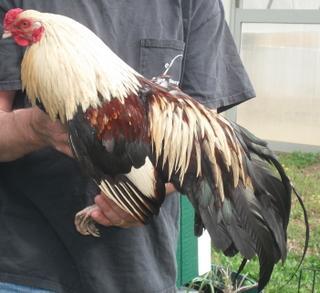- Aug 11, 2011
- 4
- 0
- 7
I have a quick question guys, I have a pretty mixed flock of Production Red, rhode island red, americuana's., I want to also integrate a few more egg laying hens i.e. ( white leghorns), and some for meat i.e. (australorp's and Cornish Rock Cross). What would be a good dual purpose roo for all of them and hopefully the upcoming hybrids....


Last edited:











